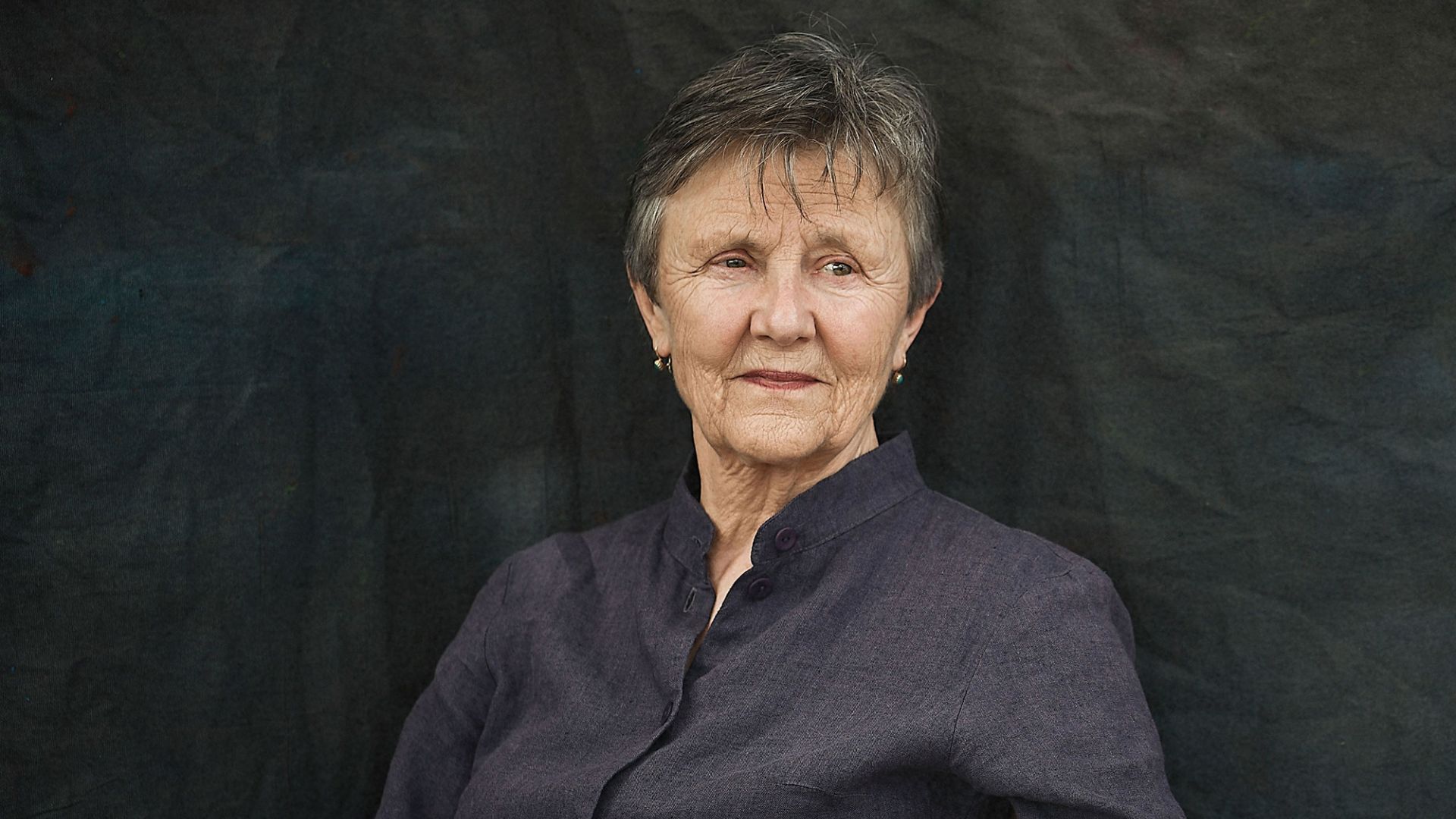The Shape of a Writing Life
Bernadette Brennan, author of award-winning literary biography A Writing Life: Helen Garner and Her Work, celebrates Helen Garner’s legacy for Garner’s 80th birthday.

In the current issue of The Paris Review, Helen Garner tells Thessaly La Force that ‘[s]tory is a chunk of life with a bend in it’. In honour of Garner’s eightieth birthday I want to celebrate the sizeable chunk of life she has recorded, shaped, and shared as story. And I want to suggest why she, who was once disparaged for publishing her ‘private journal’ rather than a novel, has become a national and international sensation over a fifty-year period.
Back in 1971 Garner, along with her peers in the Australian Performing Group’s women’s collective, workshopped, wrote and produced ‘Betty Can Jump’, an experimental feminist play about how it felt to be a woman. Various aspects of that process influenced her later writing, none more so than her realisation that if women could not find an effective form to communicate their experience, they would be forever silenced.
Since that time Garner has written song lyrics, short stories and essays, film and book reviews, a multitude of newspaper and magazine columns, two screenplays and sixteen books, including the recent trilogy of published diaries. Shame, humiliation, betrayal and self-doubt. Intimacy, faith, death and the sheer joy to be found in the everyday. It’s all there. As are the complexity of sexual and familial relationships, the imbalance between power and justice, and the radically competing demands of personal freedom and moral responsibility. Garner’s work, which can delight and infuriate, is debated over dinner tables and in academic classrooms around the country.
Garner never expressed a desire to write for an international audience; she wanted to describe her neighbourhood, her tribe. For too long she was dismissed as a writer of the domestic space. But she always knew that the most interesting things happen in kitchens and bedrooms. A compulsive observer and recorder, she revelled in the freedom of diary writing. Those infamous diaries became almost mythic in the public imagination. And then in 2019 came Yellow Notebook and the first of her Monthly diary excerpts. With the publication of One Day I’ll Remember This (2020) and How to End a Story (2021), and further extracts from 2017 in the Paris Review, readers everywhere can appreciate more fully both the how and the why of her strategic choices; which aspects of her life she bends into story, which aspects of story she bends into her life.
Garner was lambasted for her ‘audacious’ egocentricity in publishing Monkey Grip (1977). Yet as she discovered, while editing her diaries and sending the books out into the world, even her most private writing was less about her than about so many of us:
If I go far enough, if I keep going past the boring, obedient part of me with its foot always riding the brake, and through the narrow, murky parts that are abject or angry or frightened, I find myself moving out into another region, a bigger, broader place where everybody else lives: a fearless, open-hearted firmament where images swarm, and there’s music, and poetry that we almost understand, fleeting moments of sky and dirt, subtle changes in the light, a feather of a hesitation, mistakes and pain and getting over pain, all kinds of shouting and dawn and small nice things to eat, and being allowed to carry a stranger’s baby round a garden, and singing in the car all the way home.
– Bernadette Brennan
Portrait of Helen Garner by Darren James.
Helen Garner: A Life in Literature takes place on Saturday 5 November 2022 as part of the Wheeler Centre’s Spring Fling. Garner will also appear in conversation in Sydney on Thursday 17 November 2022 for a partnered event with the Australian Chamber Orchestra, Encounters with Music.
Related Posts

Read
Anne-Marie Te Whiu Receives The Next Chapter Alumni Poetry Fellowship
2 Apr 2024

Read
What's on in April: Resident Organisation Round Up
28 Mar 2024

Read
Blak & Bright First Nations Literary Festival returns in 2024
7 Mar 2024

Read
What's on in March: Resident Organisation Round Up
29 Feb 2024

Read
Hot Desk Extract: International
23 Feb 2024

Read
Hot Desk Extract: The Rooms
23 Feb 2024
Share this content